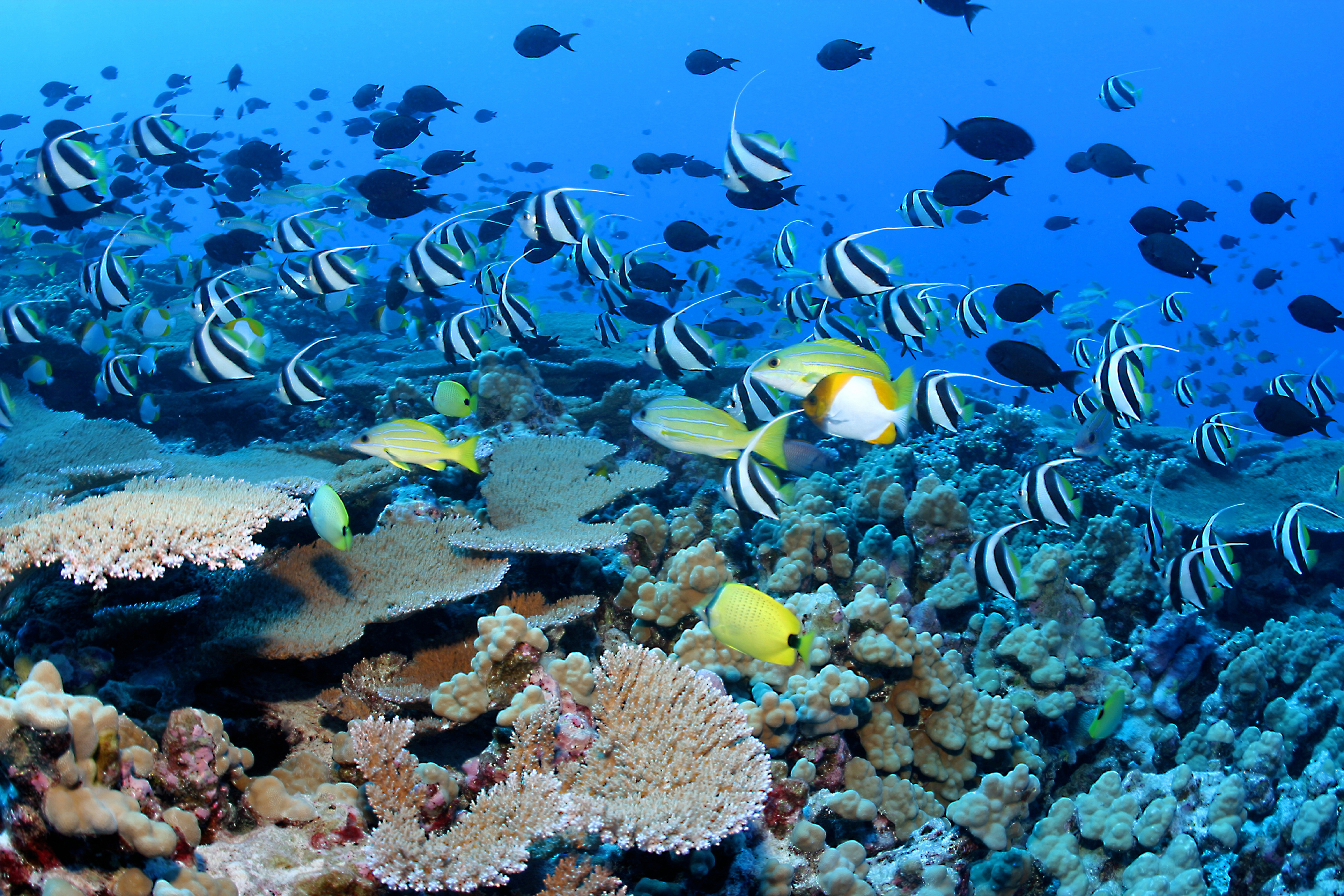Marine-protected areas can help threatened fish to make a rapid comeback and also lead to sustainable fishing and leisure revenues, according to a team of Australian researchers at James Cook University in Queensland.
 Writing in Current Biology, Garry Russ and his colleagues looked at how the creation, in 2004, of the world's largest network of marine protected (no-fishing) areas covering over 20% of the Great Barrier Reef Marine Park, has affected fish stocks in these regions. The team totted up the density of coral trout at 3 inshore and 5 offshore reef regions, in each case comparing a no-fishing zone with an adjacent fished area.
Writing in Current Biology, Garry Russ and his colleagues looked at how the creation, in 2004, of the world's largest network of marine protected (no-fishing) areas covering over 20% of the Great Barrier Reef Marine Park, has affected fish stocks in these regions. The team totted up the density of coral trout at 3 inshore and 5 offshore reef regions, in each case comparing a no-fishing zone with an adjacent fished area.
They found that in the two years after the reserves were first established the fish populations have surged. In every location tested (except one which was affected by severe coral bleaching) the coral trout population density was between 57% and 75% higher. And this is due, say the researchers, to a population increase inside the reserve rather than a decline in fish stocks in the fished areas outside the reserves.
The results are important because flourishing fish populations inside the reserves have a tendency to "spill-over" into the adjacent waters, helping to contribute to the long-term sustainability of reef fisheries.
"Our results," concludes Russ and his colleagues, "provide an encouraging message that bold political steps to protect biodiversity can produce rapid, positive results for exploited species at ecosystem scales."










Comments
Add a comment